Frank Thompson with AZ Rhythm Connection presented to us at our November music teacher meeting. I have been looking forward to his presentation since I had contacted him almost a year prior. Frank shared a variety of rhythm-based activities that can work in any classroom or small group. Remember a small group can be two or more people. So if you don’t hold group lessons, you can still do these activities with just teacher and student in the private studio. This presentation explored the possibility of low cost but effective music activities that provide an opportunity for individual expression through supportive group interactions.
He began by introducing what is called Body Beats (you can purchase these cards online, look for Body Beats by Christine Stevens) Even though we used these cards, you can do these activities easily without them. We were separated in about 4-5 groups. Each group had a 4 beat rhythm that we performed using our body.
The main body beats we performed were: Snap (fingers), Clap (hands), Whap (pat stomach), Tap (feet) and Slap (legs)
An example of a beat that a group might have done would look like this:
Snap
Snap
Clap Clap
Tap
Each group would first practice their body beat and then Frank would lead us into performing our rhythm at the same time when our group was led in. As we got more comfortable with our body beat he would add in dynamics and occasionally stop and start different groups while there was always an underlying beat going on.
A fun instrument that he shared with us was called a Shekere (pronounced Shake-A-Ray), a great tool for keeping time. He showed us a couple homemade shekere’s that we could make if we were so inclined. I was really impressed with the homemade version and plan on making one hopefully soon. To make this instrument you will need a dried gourd (there are places that sell dried gourds which would save you a lot of time so search around), string, beads and shoestring. Frank will be giving me instructions on how to make this instrument soon. As soon as I receive it, I will post the instructions. In the meantime, you may enjoy seeing the process on YouTube. Here is a 4 part video you can view to get an idea how it’s done: Homemade Shekere
We also played around with boomwhackers, shakers, and drums. I was so busy enjoying myself that I forgot to take some pictures. Shakers are perfect for allowing students to feel accents.
A big part of this meeting was realizing that you don’t need to invest in a lot of rhythm instruments or equipment to explore rhythm with your students. Frank talked about what he called “Found Sounds”. There are always sounds around you. He asked how many of us had keys (all of us raised our hand). He asked us to get them out. He showed us some ways to make rhythm with the keys (shaking, slapping down on a table or your leg, etc…) Later he had us go stand by the wall and had us do some drumming right on the wall. We not only used our hands to drum but our fingers, which can help students with finger dexterity issues. Keep it simple! Rhythm activities don’t need to be complicated.
A great question was asked by a teacher, what about the student that likes attention and drums crazy (not in rhythm at all) or maybe they just aren’t simply feeling the beat and are totally off from everyone else?
Frank answered this question by having one of our students pretend they were the student who was out of control and showed us first hand what he would do. He first stressed to all the teachers that we manage students that are out of line by never singling them out negatively. The last thing you should do is to chastise the student. Instead start by giving them a solo for a moment so they can express themselves positively. Then later if this student starts doing this as an obvious way to constantly steal solo time and get attention, then as the group is drumming, when this behavior begins, tell everyone to switch instruments and guide that particular student into taking something like a shaker. This will change not only the rhythm and sound (shakes are softer than drums for example) but gives a new focus to the student without giving any negative feedback.
Students should always be comfortable in using music as a safe outlet to express themselves.
Rhythm activities have always been one of my most favorite activities to do with my students especially in the last 5 years or so. Drum circles being one of my most favorite of the activities. I know when I participate in these activities I feel such a musical high from them, I can’t help but enjoy myself. I can see this in my students as well. They really enjoy expressing themselves through rhythm.
Next month, for our December holiday social we are lucky to have Frank Thompson back to facilitate our group for a drum circle! I am so excited about it I can hardly wait!
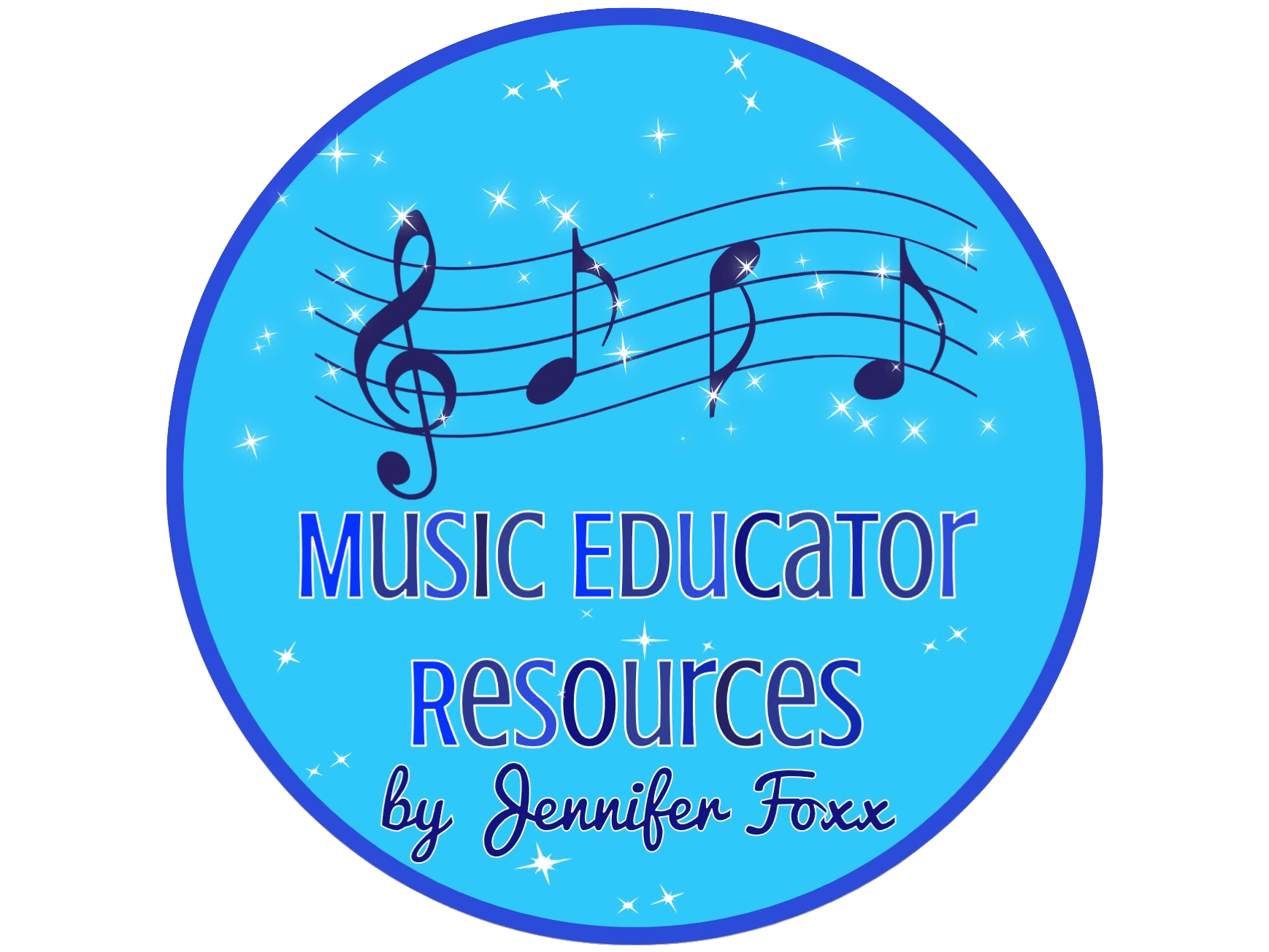



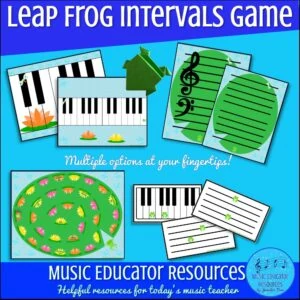
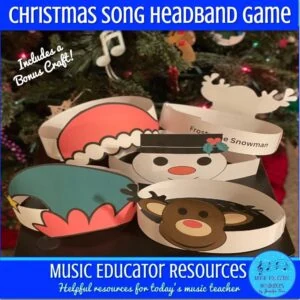
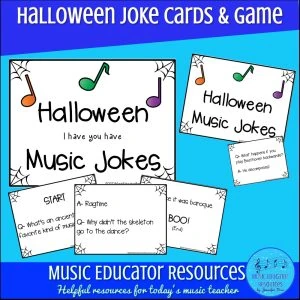
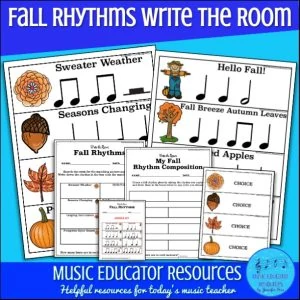
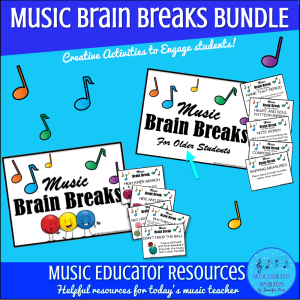
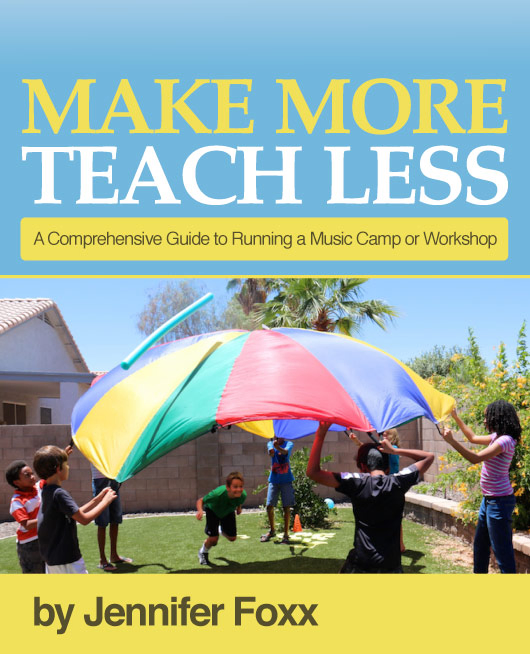
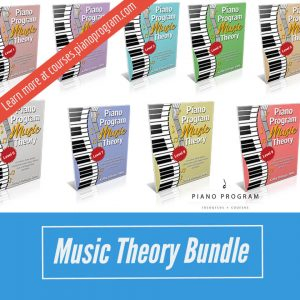
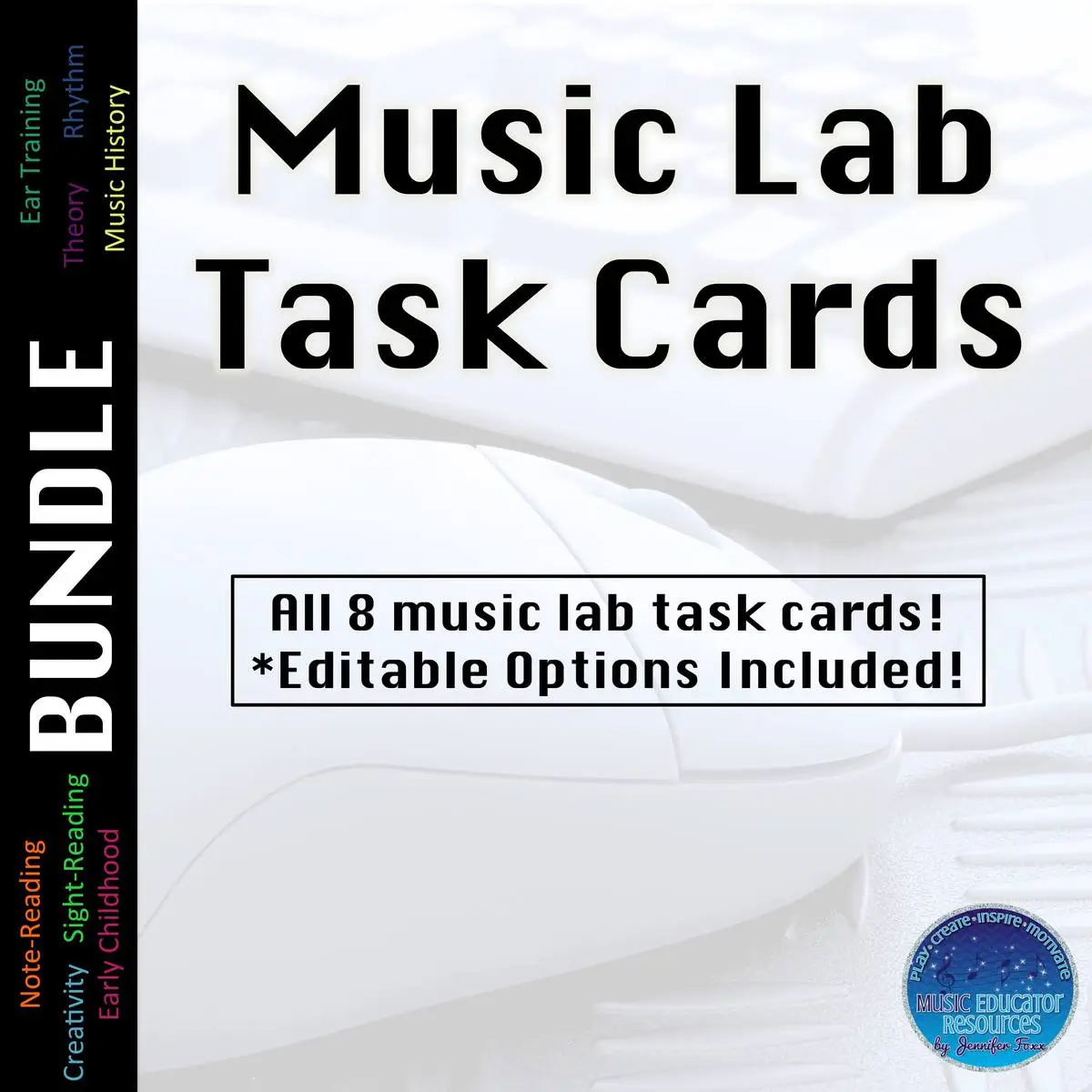
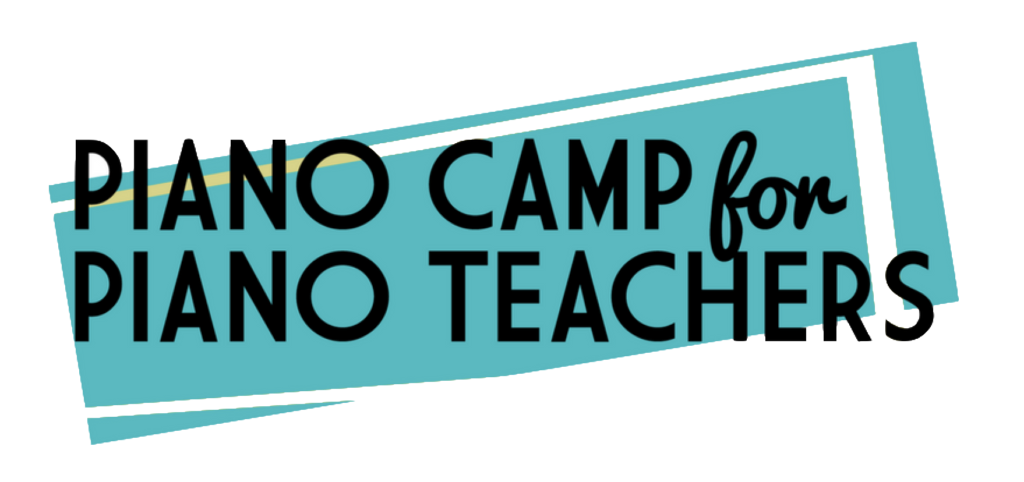
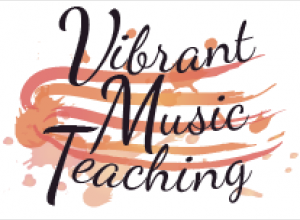

0 Comments